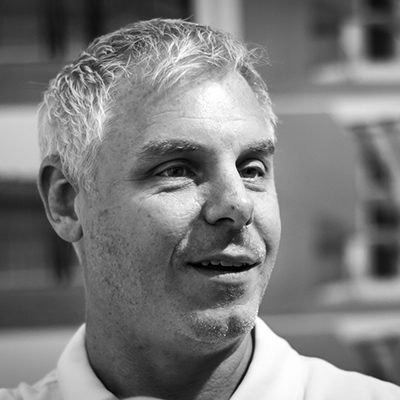Scott Rawlings responds with a Letter to the Editor regarding the Global Issue of ArchitectureBoston. We’ve shared his response here. You can read additional Letters to the Editor regarding the international practice of architecture.
I was intrigued by Jay Wickersham’s article “Code of context” and his thoughts on the global homogenizing of the built environment. Having led international design for close to 15 million square feet in the Middle and Far East, I cannot agree with Wickersham strongly enough. My agreement is not an indictment of the profession — since many of the issues can be traced equally to client pressure, local review agencies, and time constraints — but a reaffirmation of Wickersham’s comment about identifying appropriate design drivers. Successful design develop-ment stems from an intimate connection to place: an understanding of the people, culture, and setting. From personal experience I can attest that developing a successful design in an unfamiliar environment is an absolute challenge. What is required to shift this move-ment is a renewed focus on two key drivers. Wickersham identified one: Sustainability. Those projects rooted in a well-conceived concept of climate, materials, and techniques resident in the region are a very good start. Second, I would advocate for culturally sensitive operational understanding. How do these users uniquely interact with this building type? Yes, international architects are commissioned to bring global expertise and a different perspective to the typology, but understanding how that typology will be affected, at an operational level, will determine how well it is accepted. An architecture that springs from a combination of cultural and climate-based sensitivity is far more likely to be regionally successful. By no means am I saying there is an easy fix. Our profession is one of creativity and exploration, and I truly believe in our intentions. Developing an understanding of a new way of life takes significant commitment in a world obsessed with “speed to market,” but it is the challenge we accept, as the magazine puts it, with the “uneasy excitement of global practice.”


